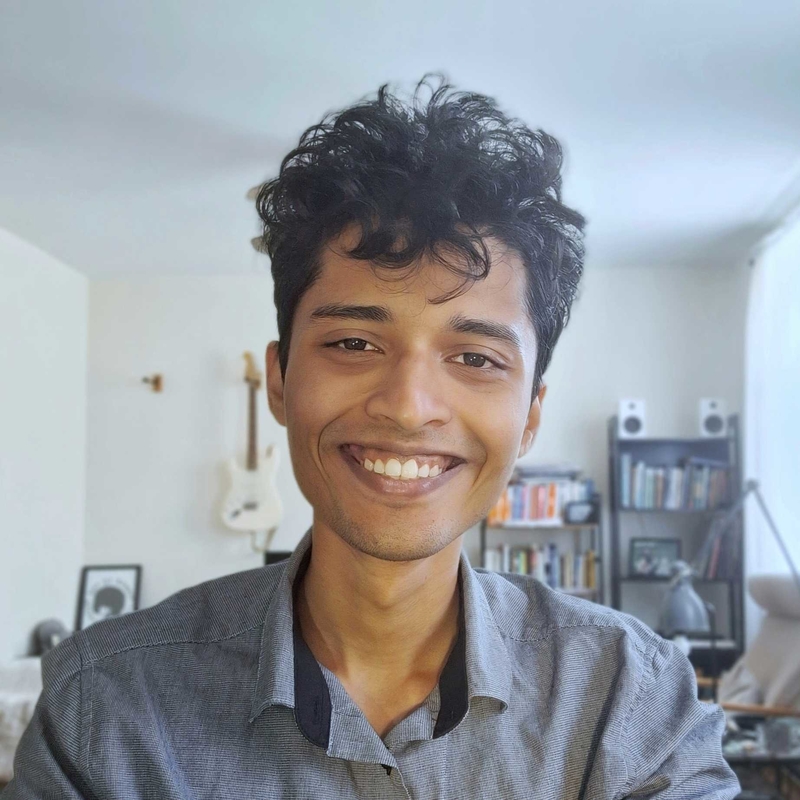I build machine vision methods that biomedical practitioners can use as-is to understand their data without needing to retrain or adapt to their use-cases.
I am currently an investigator and faculty member at the A. A. Martinos Center for Biomedical Imaging at Harvard Medical School and Massachusetts General Hospital. Before that, I was a postdoc at MIT CSAIL in Polina Golland’s Medical Vision Group where I worked on representation learning frameworks for automatic generalization to entirely new tasks, biomedical contexts, and datasets (the trick was writing our own data engines).
I got my Ph.D. from NYU under Guido Gerig at the VIDA Center where I worked on generative models and inverse problems in medical image analysis contexts.
Research overview
I’m broadly interested in questions that can be answered by constructing new imaging datasets, real or otherwise. For example: can we predict invariant nonlinear representations for any image without any dataset-specific training by training on randomized image synthesizers? (Yes. See our ICLR 2025 paper where we obtain state-of-the-art 3D registration and few-shot segmentation using this approach)
Other topics I actively work on include estimating atlases of image collections, predicting image deformations, and constructing equivariant networks for geometrically-structured images.
Recent updates
| 12/25 | I’ll area chair ECCV 2026 this spring. |
| 09/25 | I’ll area chair CVPR 2026, MIDL 2026, and ML4H 2025 this fall. |
| 09/25 | Our new NeurIPS 2025 paper, led by Vivek, enables aligning intraoperative X-rays to preop CTs despite any articulated skeletal motion. Also, has the one of the nicest Figure 1s you’ll see this year :) |
| 04/25 | New at ICLR 2025! Using random compositions of templates to drive a self-supervised objective, we derive entirely general-purpose representations that yield SOTA 3D registration and segmentation. |
| 03/25 | At CVPR 2025, led by Maz: instead of waiting a week each time we want deformable templates of collections of volumes, we can now predict them in a single forward pass for any unseen brain dataset. |
| 03/25 | In xvr, Vivek figured out how to train subject-specific neural networks for 2D X-ray to 3D CT registration in ~5 mins with sub-millimeter accuracy (and built a whole library around it). |
| 09/24 | New at NeurIPS 2024: fast equivariant modeling of spatio-spherical data leads to SOTA neuronal fiber tracking in diffusion MRI (led by Axel). |
| 07/24 | I’ll be an area chair for ML4H 2024 and MIDL 2025. |
| 06/24 | Our new work (led by Benjamin) in IEEE TMI shows that intensity-canonicalization greatly improves SE(3)-equivariant rigid tracking in volumetric data. |
| 02/24 | At CVPR 2024: Our new work (led by Vivek) leverages differentiable rendering, se(3) lie algebras, self-supervised geodesic pre-training and more to get highly accurate 2D/3D rigid registration, all in about a second. |
| 12/23 | I’m a guest on this week’s AI-ready Healthcare podcast! Listen here. |
| 12/23 | I’ll be an area chair for CHIL 2024. |
| 09/23 | I was an outstanding reviewer for ICCV 2023 and an honorable mention for outstanding reviewer for MICCAI 2023. |
| 07/23 | Our work on training a single model to segment 3D blob-like instances without retraining in any 3D bio-microscopy or radiology dataset is now out and accepted by WACV 2024! Try it in Colab. |
